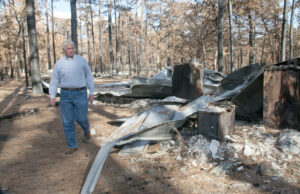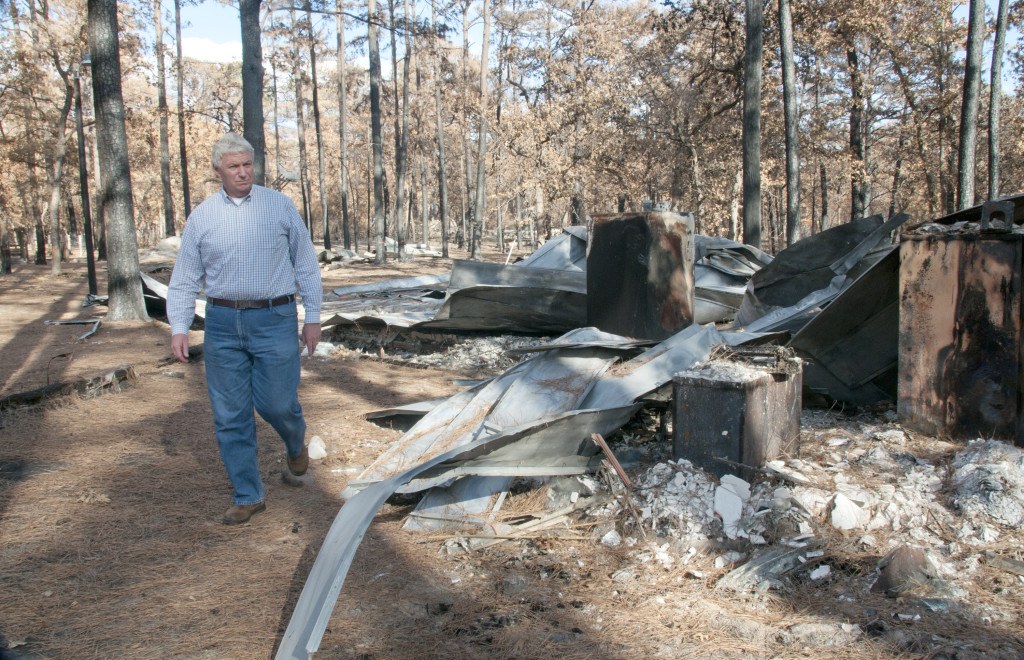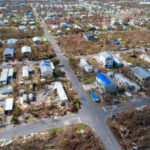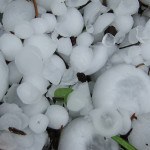A new U.S. Forest Service report shows the continued expansion of housing development near forests, an area referred to as the Wildland-Urban Interface (WUI), with direct implications for the cost of wildfire fighting. Increasing densities of people and infrastructure in the WUI makes wildfire management more complex and requires more firefighting assets to ensure an appropriate, safe and effective response, which in turn drives up the cost of fighting wildfires. Expansion of the WUI has direct implications for wildfire management as more of the Forest Service’s resources are spent each year to provide the firefighters, aircraft and other assets necessary to protect lives, property and natural resources in the wildland urban interface regions. In addition, overall fire seasons have grown longer, and the frequency, size and severity of wildland fires has increased.

In recent decades, research has shown a steady increase in the area that is part of the WUI, as documented and visually depicted in a new publication titled, ” The 2010 Wildland-Urban Interface of the Conterminous United States.” The percent of homes in the WUI increased by over five percent between 2000 and 2010 (latest data available). As of 2010, the WUI of the lower 48 states includes about 44 million houses, equivalent to one in every three houses in the country, with the highest concentrations of houses in the WUI in California, Texas and Florida. The publication includes new, high-resolution maps showing housing density, land ownership, land cover and wildland vegetation cover for each state.
“The expanding wildland urban interface is a critical issue for wildland firefighting and for the conservation of our forests,” said Robert Bonnie. “More people, homes, and infrastructure are at risk than ever before. As the WUI grows, our firefighters must commit greater resources to protect homes and property which dramatically increases the cost of fire suppression.”
The cost of wildfire suppression reached a record $243 million in a one week period during the height of suppression activity in late August. In 2015, 52 percent of the Forest Service budget was set aside for fire suppression, up from 16 percent in 1995. By September 2015, the Forest Service had already exceeded the funding set aside for fire suppression and was forced to borrow funds meant for other Forest Service activities. The bipartisan Wildfire Disaster Funding Act, already introduced in the House and Senate, is an important step forward in addressing the funding problems. The proposed legislation, which mirrors a similar proposal in President Obama’s Fiscal Year 2016 Budget, would provide a fiscally responsible mechanism to treat wildfires more like other natural disasters, end “fire transfers” and partially replenish the ability to restore resilient forests and protect against future fire outbreaks.
While WUI expansion has increased the likelihood that wildfire will threaten structures and people and increase the number of people affected by wildfire, not all WUI acres are at high risk of wildfire or the only management concern. Increased risk of invasive species and disruption of wildlife and ecosystem processes often accompany human habitation, making the WUI maps an important guide in conservation work.
Source: USDA
Was this article valuable?
Here are more articles you may enjoy.


 4,800 Claims Handled by Unlicensed Adjusters in Florida After Irma, Lawsuit Says
4,800 Claims Handled by Unlicensed Adjusters in Florida After Irma, Lawsuit Says  Sanofi to Pay $100 Million to Settle Zantac Cancer Lawsuits
Sanofi to Pay $100 Million to Settle Zantac Cancer Lawsuits  UnitedHealth Data Leak May Affect ‘Substantial’ Swath of U.S.
UnitedHealth Data Leak May Affect ‘Substantial’ Swath of U.S.  Report Using Aerial Imagery Keys in on Hailstorm Risks to Colorado Homes
Report Using Aerial Imagery Keys in on Hailstorm Risks to Colorado Homes 